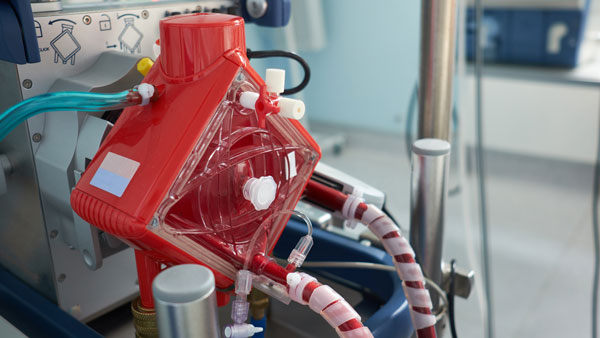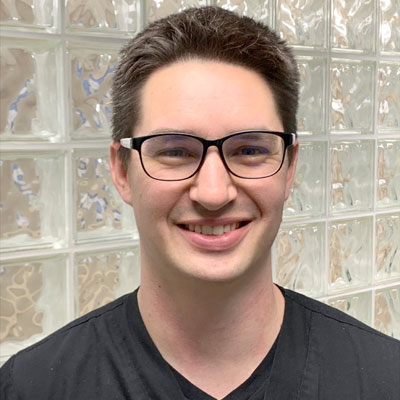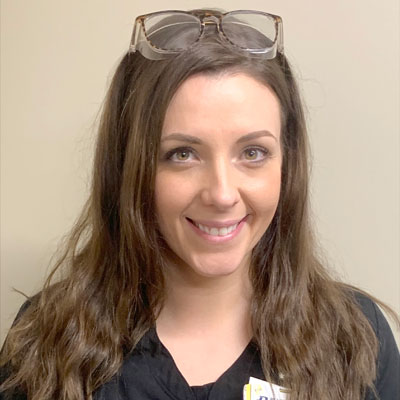National statistics from the height of the COVID-19 pandemic showed that 50%-60% of patients placed on the life-support system known as ECMO, short for extracorporeal membrane oxygenation, survived at least 90 days.

Blessing Hospital has two ECMO systems it began using in 2021 that were part of the treatment of five patients with COVID-19. While the national statistics on ECMO and COVID-19 do not sound encouraging, ECMO-trained nurse, Shane Stanford of Blessing’s Cardiovascular Unit, witnessed one of the success stories.

“One of the patients had a couple of little kids, a beautiful family. It was hard to watch them struggle through all this,” Shane said. “The fact that he made it through was heartwarming. The last I heard he was doing well.”
ECMO does the work of the heart and lungs, taking the blood from a patient’s body, oxygenating it while removing the carbon dioxide and returning it to the body. ECMO reduces stress on the heart and lungs of a critically ill patient.
“Because of ECMO, these five patients were able to stay at Blessing for their care, instead of being transferred elsewhere—if there were beds available at another hospital at the time,” said another of Blessing’s ECMO-trained nurses, Brandi MacArthur of the Intensive Care Unit. “Often, there were no ICU beds available elsewhere during the pandemic.”
ECMO has uses other than for patients with COVID-19.
“After a heart attack, the heart’s function can decline for as long as 48 hours,” Shane explained. “ECMO can bridge the patient for that time to let the heart rest, until their heart function recovers on its own or, if it doesn’t, they may be a candidate for heart transplant down the road.”
The life-support system is also used when the care team is unsure of the disease process causing a critically ill patient’s heart and/or lungs to fail. By doing the work of the heart and/or lungs, the system provides precious time for the team to determine a diagnosis.
“ECMO differs from ventilators,” said Shanna Winter, RN, Blessing’s critical care nurse educator. “Ventilators help the lungs. ECMO, in addition to the ventilator, can essentially help take the place of the lungs and/or heart when they are failing. It is not a cure, but gives the body more time to heal.”
Blessing has a team of specially trained ECMO nurses, with a second team currently in training. Training for ECMO specialist nurses is extensive and requires many hours of study and hands-on training.

“ECMO patients must be monitored intensely at all times,” Shanna stated. “There is never not an ECMO-trained nurse in the patient’s room.”
“And this is not something they do only during their regular shift. These nurses are on ECMO call also. Call can be in addition to their regular shifts. If a patient is placed on ECMO, that nurse is coming in to run it,” she said.
Brandi and Shane welcome the responsibility.
“I’ve been with Blessing 10 years and you never stop learning,” said Brandi. “When they bring in something that can help save more lives, of course I want to learn all about it. I want to be the expert on it.”
“It felt like the next step in my career, and it felt right to take that leadership step as one of the more experienced nurses in the unit,” Shane added. “Besides, I naturally gravitate to the sickest patients.”
Nurses are not alone in trying to save lives with the help of ECMO.
“While ECMO-trained nurses have much responsibility, use of the system requires a team including respiratory therapists, multiple physicians and other providers, pharmacists and lab team members. The entire critical care team is on deck when it comes to ECMO,” Shanna concluded.
Click here to read more stories that recognize our great team of nurses! The exceptional care our team provides to our communities is second to none and we are honored to work alongside you to provide care to our friends and neighbors.
